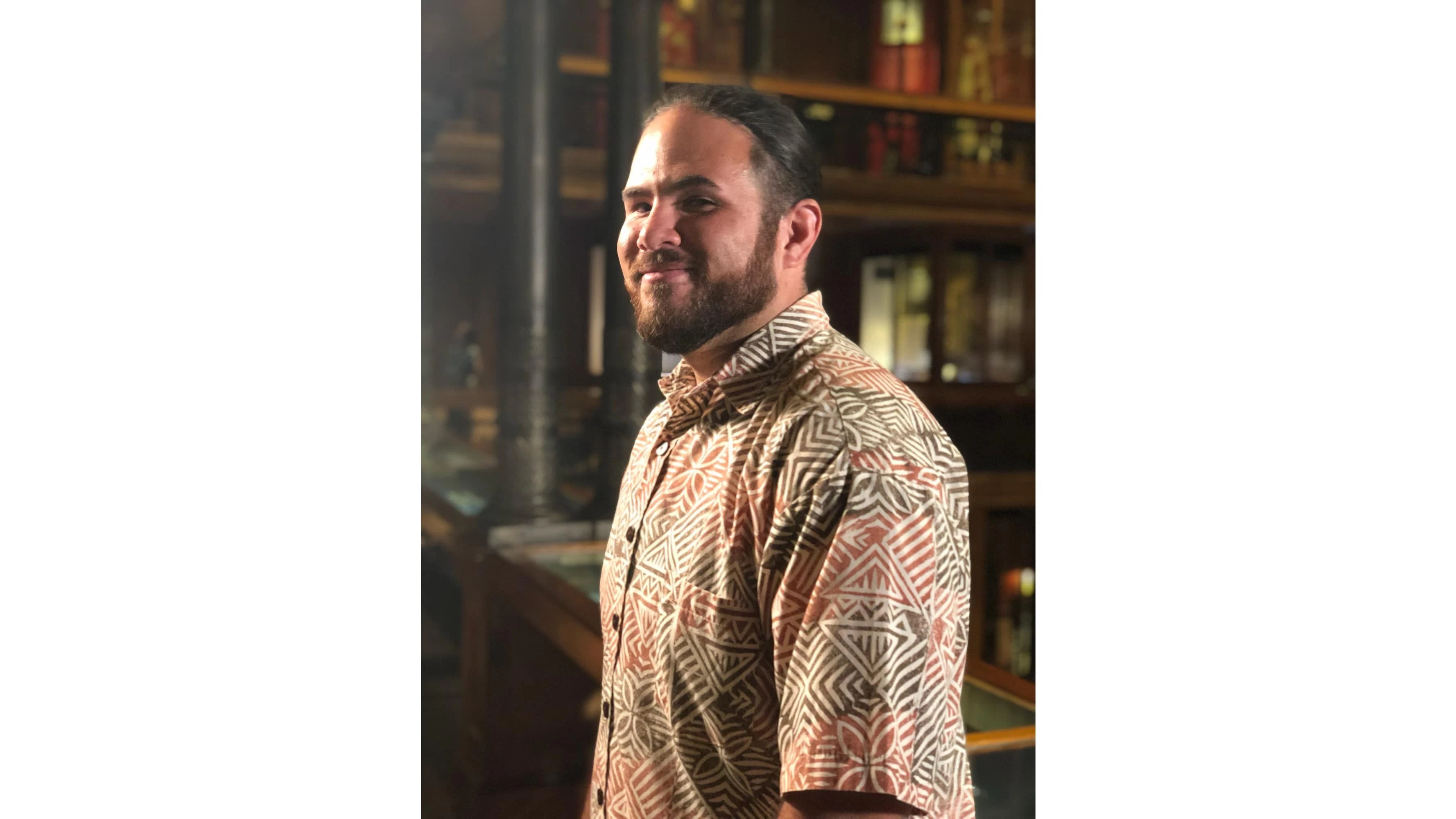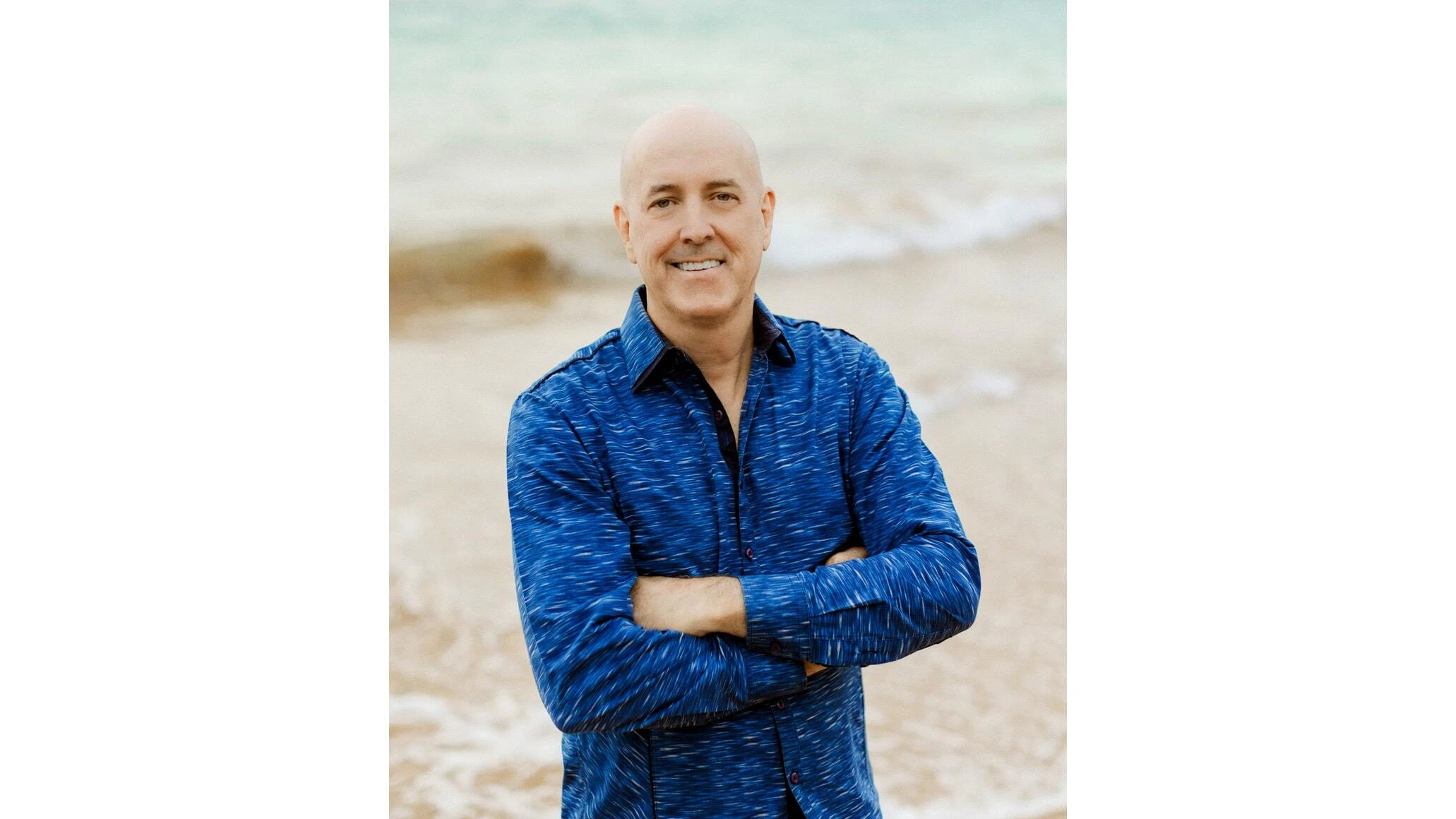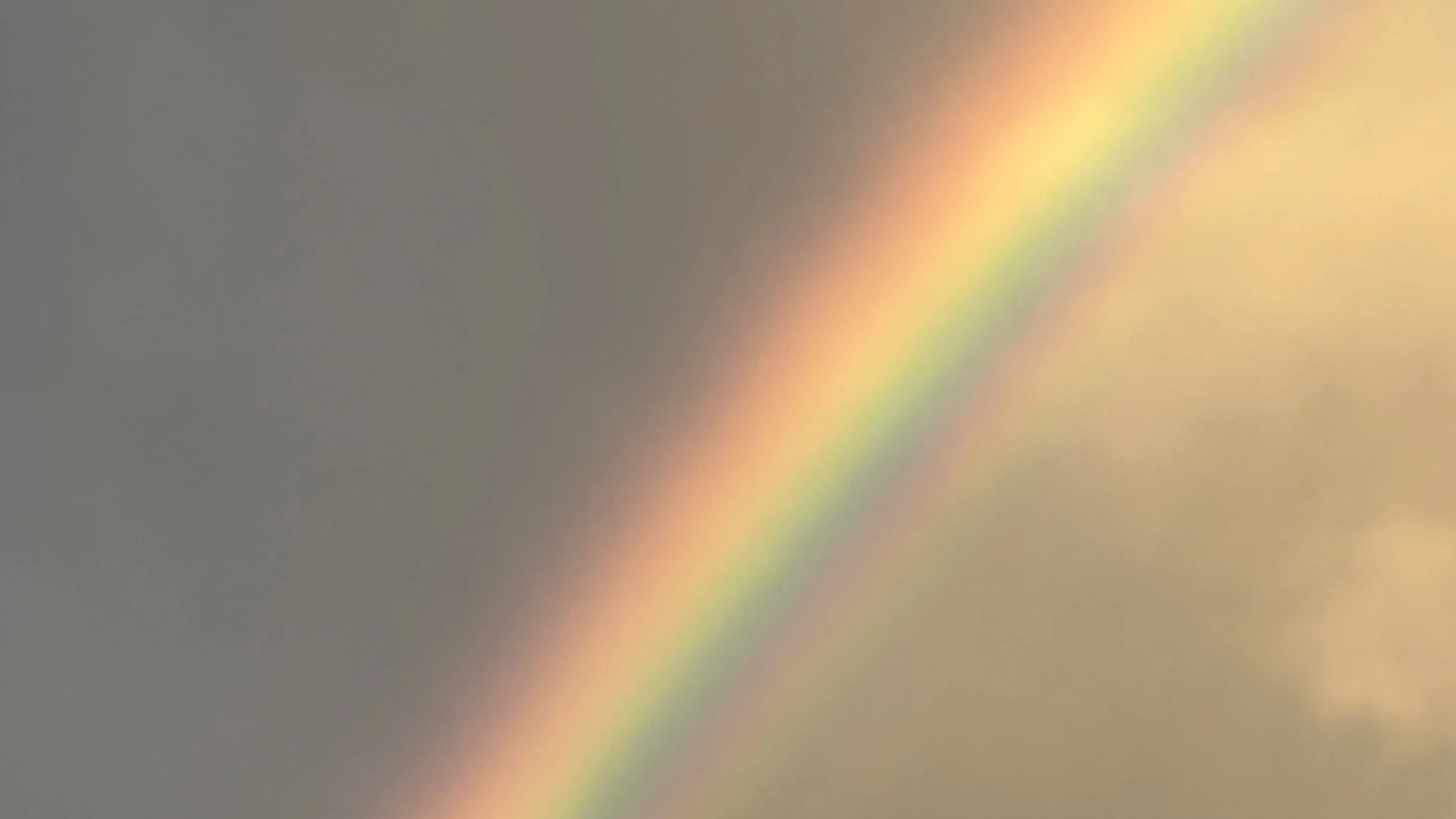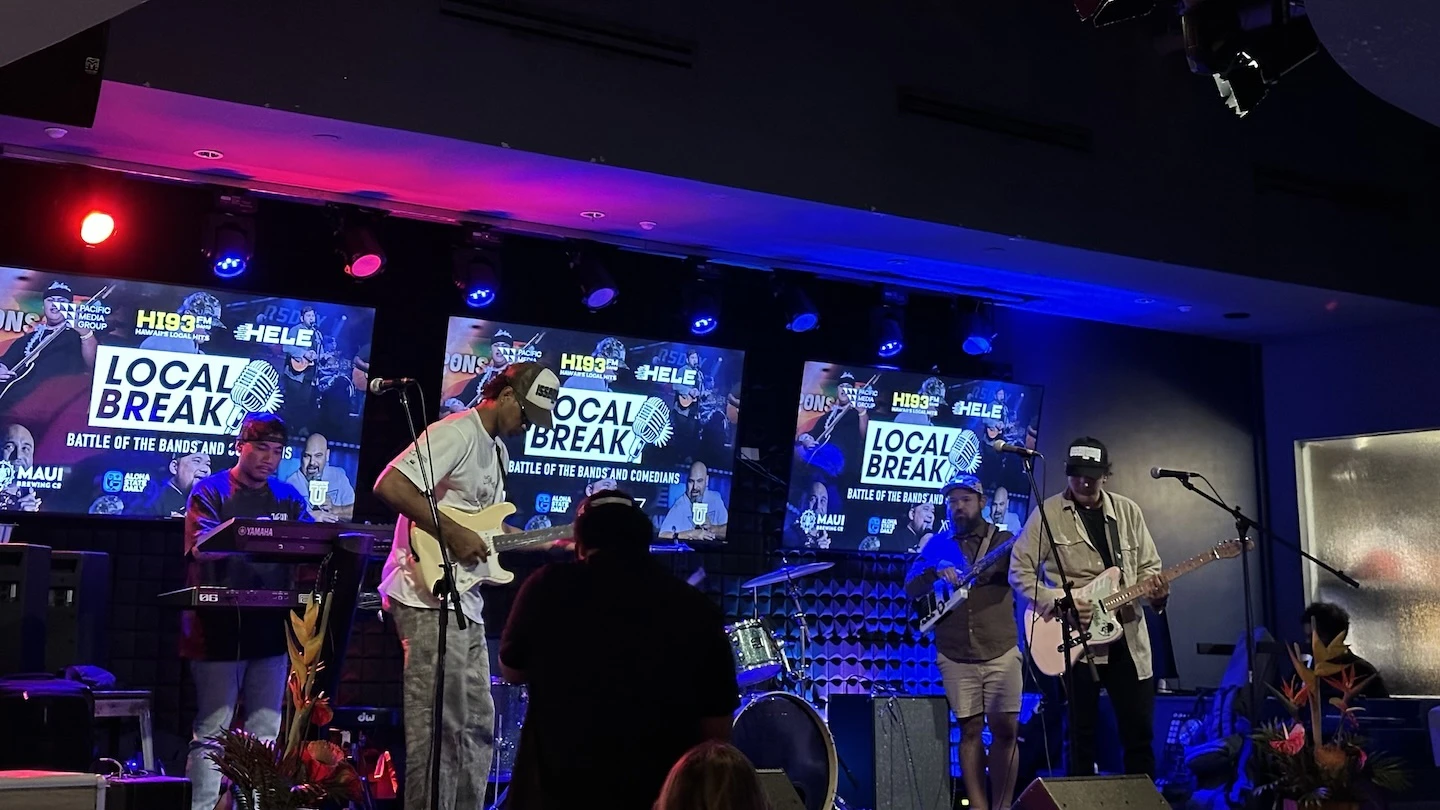The Science and Sustainability Festival will return to the Bernice Pauahi Bishop Museum on Saturday, May 31. Some of the new things on display at the museum include dinosaurs and deep sea coral, as well as the soft launch the Kamālaʻulahiwa ʻOhana Learning Space, near the museum’s native plant garden.
More than 50 partners will be part of the festival, Kapalikūokalani Maile, the education programs manager for the museum, told Aloha State Daily. This year, the one-day festival takes place from 9 a.m. to 3 p.m. with activities, workshops and exhibition highlights, as well as interactive performances and presentations from scientists and cultural practitioners and community organizers.

As part of the event, the museum will offer reduced admission of $5 for kamaʻāina and military. Tickets for planetarium shows are $3 per person.
“In recent years, the museum has been working to tie together lots of aspects of the natural science collections, cultural practices and community, bringing together partners from all over Oʻahu and elsewhere in Hawaiʻi to help visitors understand the uniqueness of Hawaiʻi as our home, and also how we can preserve and perpetuate the things that make Hawaiʻi what it is,” he said.
The Bishop Museum was founded in 1889 by Charles Reed Bishop in memory of his wife Bernice Pauahi Bishop. A graduate of Kamehameha Schools, which was established by Bishop’s will, Maile started working at the museum as a student.
“The path to the museum was one that was influenced by an internship that I did,” he said. “When I was in my undergrad, I was able to intern and support the ethnology collections here at the museum, at a time when the Hawaiian Hall was closed for renovations to the public, so that was right before 2009.”
Later, Maile became a culture educator, then a culture content coordinator and eventually education programs manager. On a personal level, being a graduate of Kamehameha Schools means “even though we are employees of the museum, there's also the mindset of giving back to that legacy,” he said.
This year, the festival will see the return of passports for keiki, who can collect stamps at various stops throughout the festival.
“Families will be able to grab a passport, and that passport allows them to go from station to station with the different partners and collections and research folks, and they'll get a stamp and they'll be able to turn that in and get a prize,” Maile said. “Hopefully, folks will be really excited about some of the prizes that we have on offer this year. I’m not going to share exactly what those prizes are just yet, so folks will have to come and see in person.”
The museum will also soft launch the Kamālaʻulahiwa ʻOhana Learning Space, which is adjacent to the museum’s native plants garden, at the festival. There will be seed planting activities, as well as aquaponics demonstrations as part of the space’s exploration of the urban ahupuaʻa theme.

“Aquaponic systems can be scaled so you can have something really, really big,” he said. “Or you can do things at a tabletop level, and you can grow plants that you want to have as garnishes for your food, or plants — like olena — for medicine. So many things are possible, but the idea is that we want to share these kinds of experiences and this education with families who might benefit from it. Food sovereignty and food security are still pretty significant considerations for people living in Hawaiʻi, especially the lessons learned during COVID.”
The festival will also allow attendees to explore a new dinosaur exhibit, “Expedition Dinosaur: Into the Deep,” which launches Saturday, May 24.
“That's also a showstopper for the Bishop Museum,” Maile said. “We’re really excited that local visitors — and folks who are on their vacations — will have a chance to check out the dinosaur exhibit at the museum. There'll be some really cool animatronic dinosaurs and the ability for visitors to learn about archeology, and how these animals that existed millions of years ago have been studied and understood, and how that science is changing.”
Finally, attendees of the festival will be able to check out a new coral exhibit in the Richard T. Mamiya Science Adventure Center, which is also home to a giant volcano. The new exhibit showcases deep sea coral systems located in the Papahānaumokuākea Marina National Monument.
“You get coral systems that are found only in those spaces, and also ecosystems that are only native to those places,” he added.
The Bishop Museum has more than 200,000 visitors each year, including about 20,000 keiki on school field trips, according to its representatives. The nonprofit has a collection of more than 25 million objects, including 22 million biological specimens, more than 2 million cultural objects and more than 1 million photographs, films, works of art, audio recordings and manuscripts.
Read festival details and registrar.
Katie Helland can be reached at katie@alohastatedaily.com.





